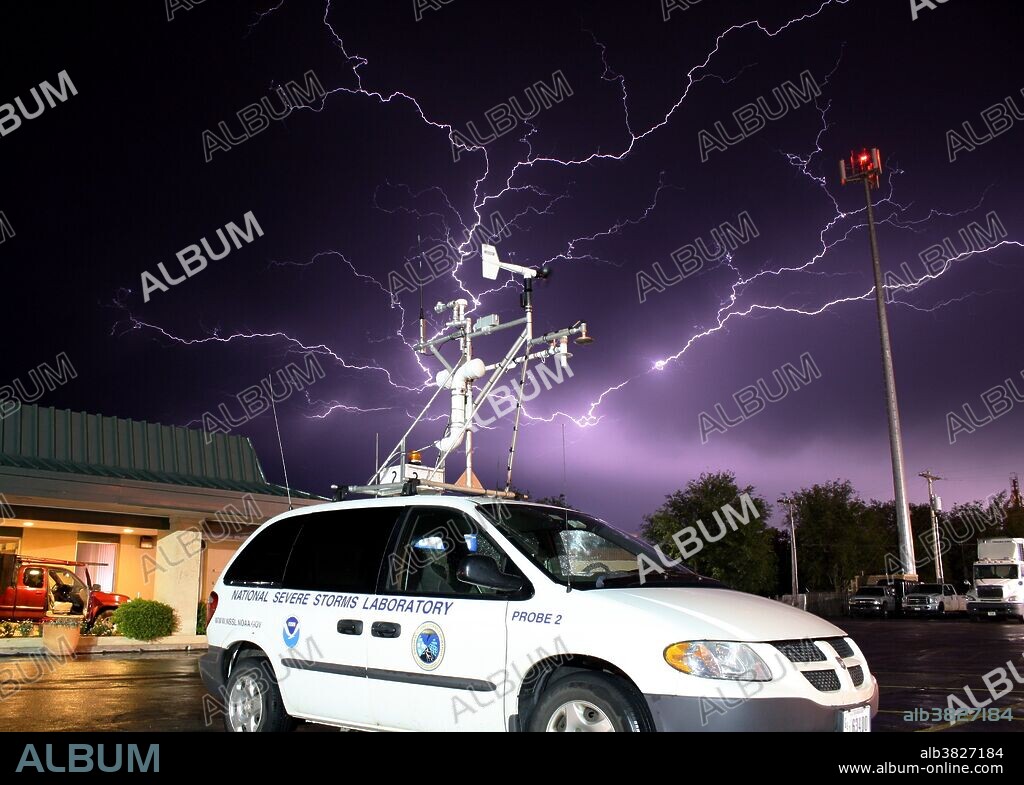alb3827184
Lightning, NSSL Mobile Mesonet

|
Añadir a otro lightbox |
|
Añadir a otro lightbox |



¿Ya tienes cuenta? Iniciar sesión
¿No tienes cuenta? Regístrate
Compra esta imagen

Título:
Lightning, NSSL Mobile Mesonet
Descripción:
Ver traducción automática
Lightning over National Severe Storms Laboratory mobile mesonet. Enid, Oklahoma, May 15, 2009. In meteorology, a mesonet is a network of automated weather stations designed to observe mesoscale meteorological phenomena. Dry lines, squall lines, and sea breezes are examples of phenomena that can be observed by mesonets. Due to the space and time scales associated with mesoscale phenomena, weather stations comprising a mesonet will be spaced closer together and report more frequently than synoptic scale observing networks, such as ASOS. The term mesonet refers to the collective group of these weather stations, and are typically owned and operated by a common entity. The distinguishing features that classify a network of weather stations as a mesonet are station density and temporal resolution. Depending upon the phenomena meant to be observed, mesonet stations will have a spatial spacing of 2 to 40 km and report conditions every 1 to 15 minutes.
Crédito:
Album / VORTEX II/NOAA/Science Source
Autorizaciones:
Modelo: No - Propiedad: No
¿Preguntas relacionadas con los derechos?
¿Preguntas relacionadas con los derechos?
Tamaño imagen:
3628 x 2592 px | 26.9 MB
Tamaño impresión:
30.7 x 21.9 cm | 12.1 x 8.6 in (300 dpi)
Palabras clave:
2009 • AMERICA • AMERICANO • ATMOSFERICO • CIENCIA • CLIMA • ESTADOS UNIDOS DE AMERICA • ESTADOS UNIDOS • FENÓMENOS • METEOROLOGÍA • METEOROLÓGICO • METEREOLOGIA • METEREOLÓGICOS • NATURAL • OKLAHOMA • TORMENTA • VIOLENTOS
 Pinterest
Pinterest Twitter
Twitter Facebook
Facebook Copiar enlace
Copiar enlace Email
Email
